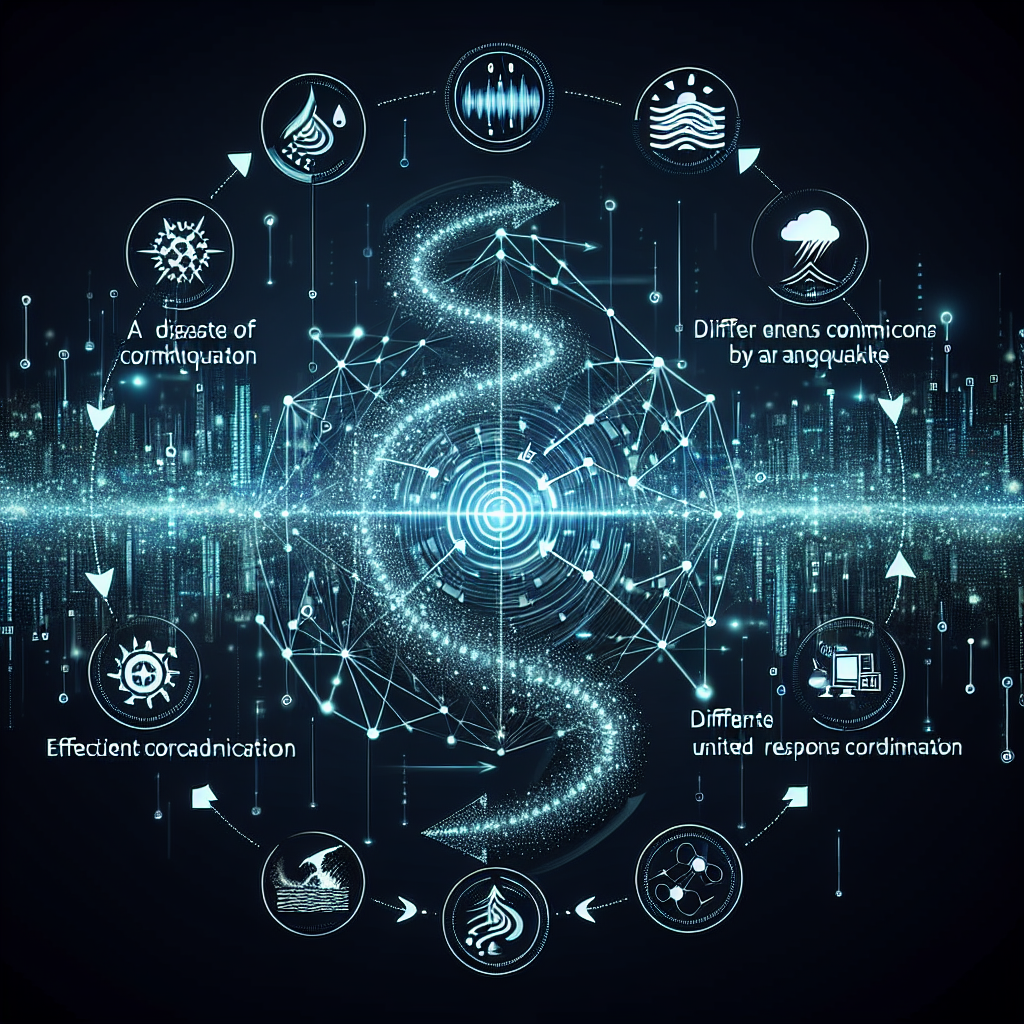In recent years, artificial intelligence (AI) software has been increasingly utilized to improve disaster response coordination. Natural disasters such as hurricanes, earthquakes, and wildfires can cause widespread devastation and require a coordinated effort from various organizations and agencies to provide assistance and support to affected communities. AI software has the potential to enhance disaster response coordination by providing real-time data analysis, predictive analytics, and automated decision-making capabilities.
One of the key advantages of AI software in disaster response coordination is its ability to process and analyze vast amounts of data in real-time. This can include data from sensors, satellites, social media, and other sources to provide a comprehensive view of the disaster situation. By analyzing this data, AI software can help identify areas that are most affected by the disaster, prioritize response efforts, and allocate resources more efficiently.
Another benefit of AI software in disaster response coordination is its predictive analytics capabilities. By analyzing historical data and patterns, AI software can help predict the potential impact of a disaster and provide early warning alerts to at-risk communities. This can help emergency responders and organizations better prepare for a disaster and mobilize resources in advance to mitigate its impact.
Furthermore, AI software can also facilitate automated decision-making in disaster response coordination. By using algorithms and machine learning models, AI software can help identify the most effective response strategies, such as the optimal route for delivering aid, the best locations for setting up shelters, and the most efficient distribution of resources. This can help streamline the decision-making process and ensure a more coordinated and effective response to disasters.
Overall, the use of AI software in disaster response coordination has the potential to significantly improve the efficiency and effectiveness of emergency response efforts. By harnessing the power of AI technology, organizations and agencies can better prepare for disasters, respond more quickly to emergencies, and save lives.
FAQs:
Q: How can AI software help improve disaster response coordination?
A: AI software can help improve disaster response coordination by providing real-time data analysis, predictive analytics, and automated decision-making capabilities. This can help identify areas most affected by a disaster, prioritize response efforts, and allocate resources more efficiently.
Q: What are some examples of AI software used in disaster response coordination?
A: Some examples of AI software used in disaster response coordination include predictive analytics tools, automated decision-making systems, and real-time data analysis platforms. These technologies can help emergency responders and organizations better prepare for disasters and mobilize resources more effectively.
Q: How can AI software help with early warning systems for natural disasters?
A: AI software can help with early warning systems for natural disasters by analyzing historical data and patterns to predict the potential impact of a disaster. This can help provide early warning alerts to at-risk communities and enable emergency responders to better prepare for a disaster in advance.
Q: What are the challenges of using AI software in disaster response coordination?
A: Some challenges of using AI software in disaster response coordination include the need for reliable data sources, the complexity of integrating AI technology into existing systems, and the potential for algorithm bias. However, with proper planning and implementation, AI software can significantly enhance disaster response coordination efforts.

